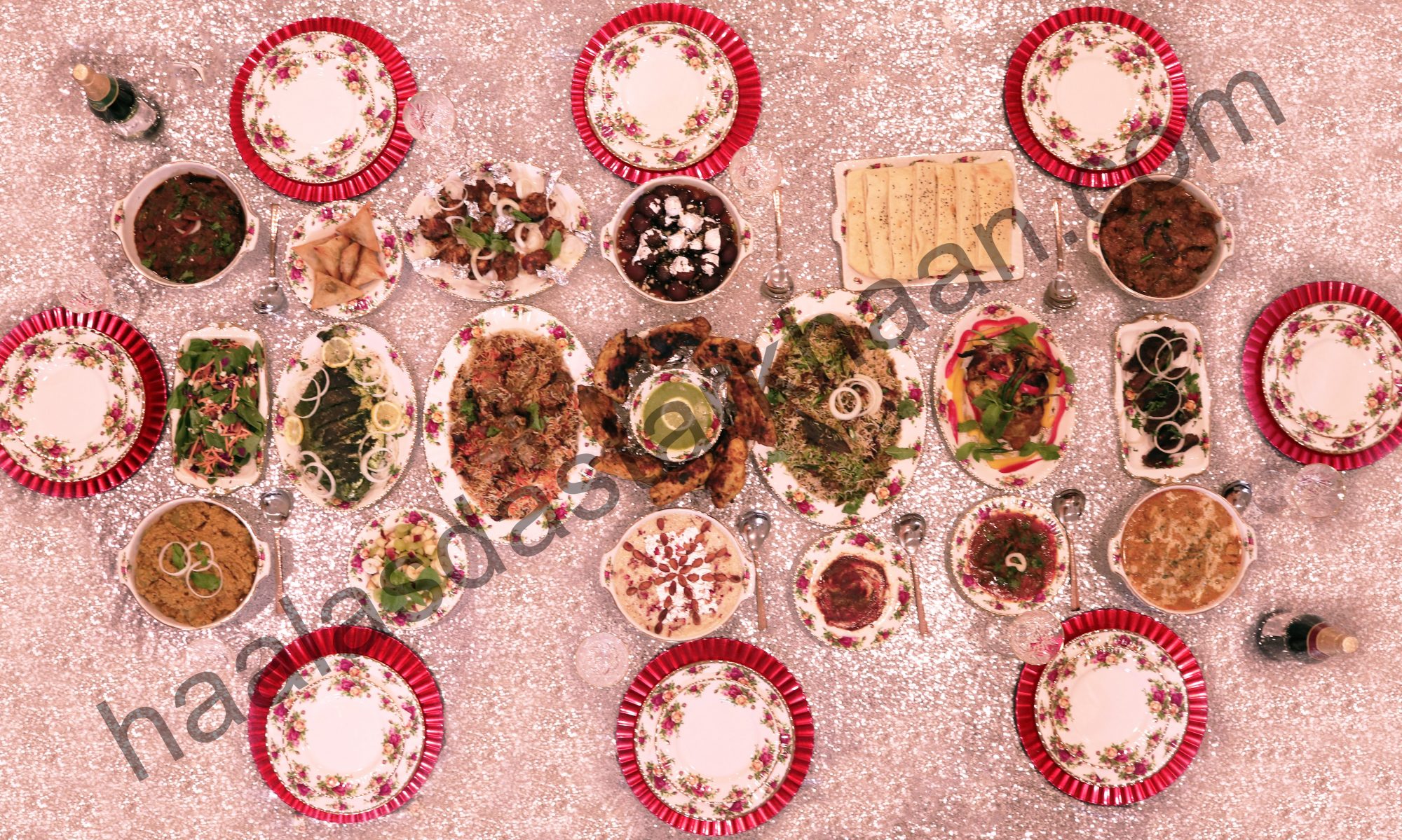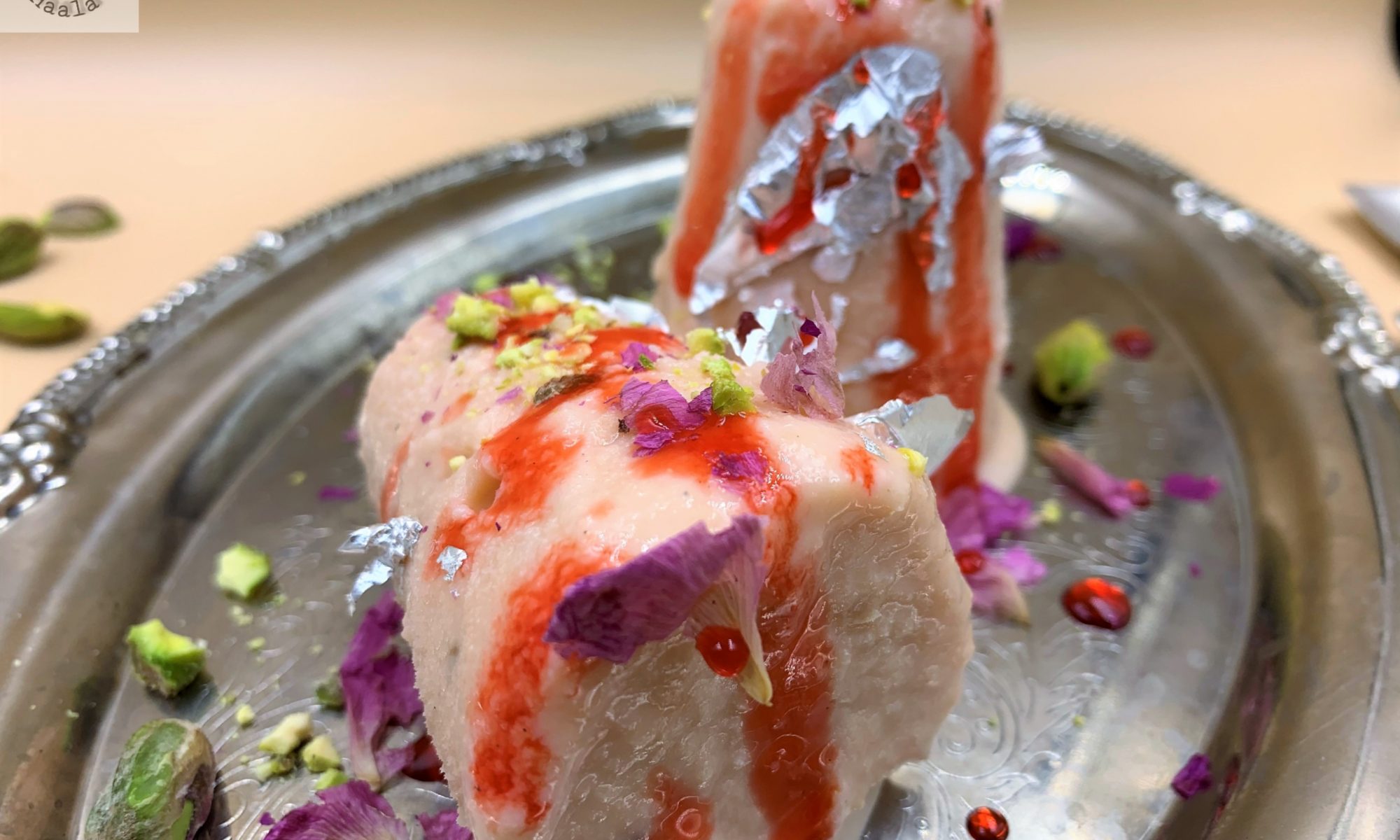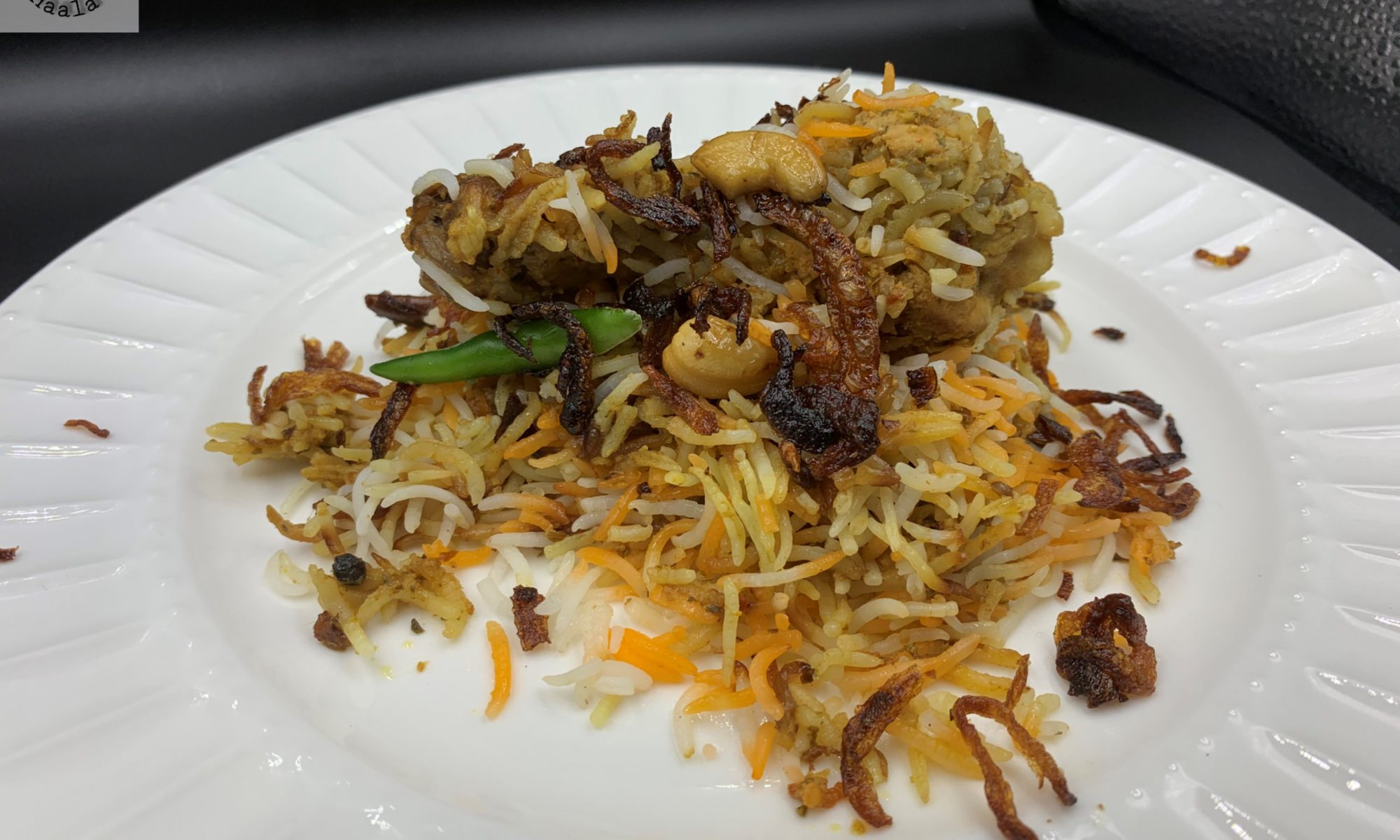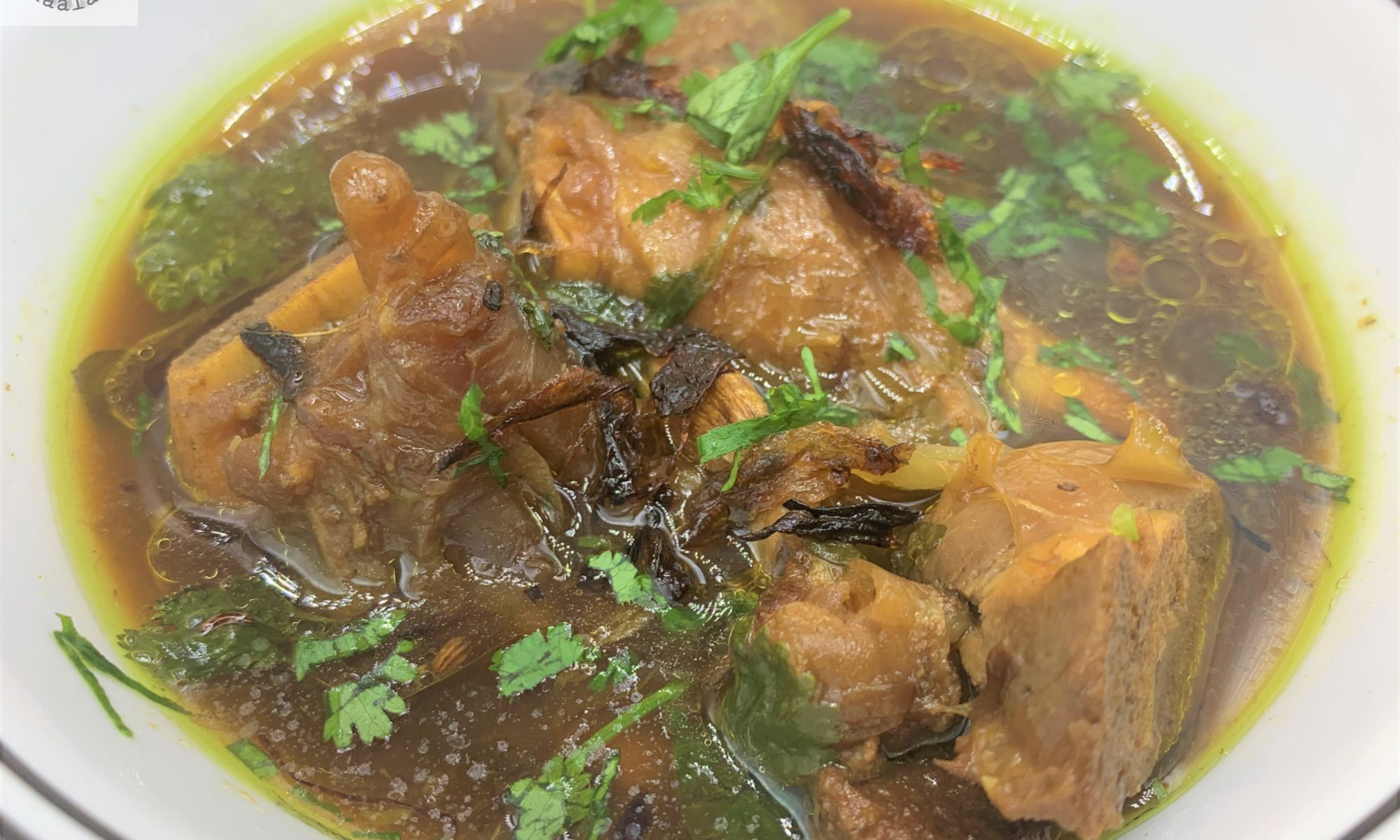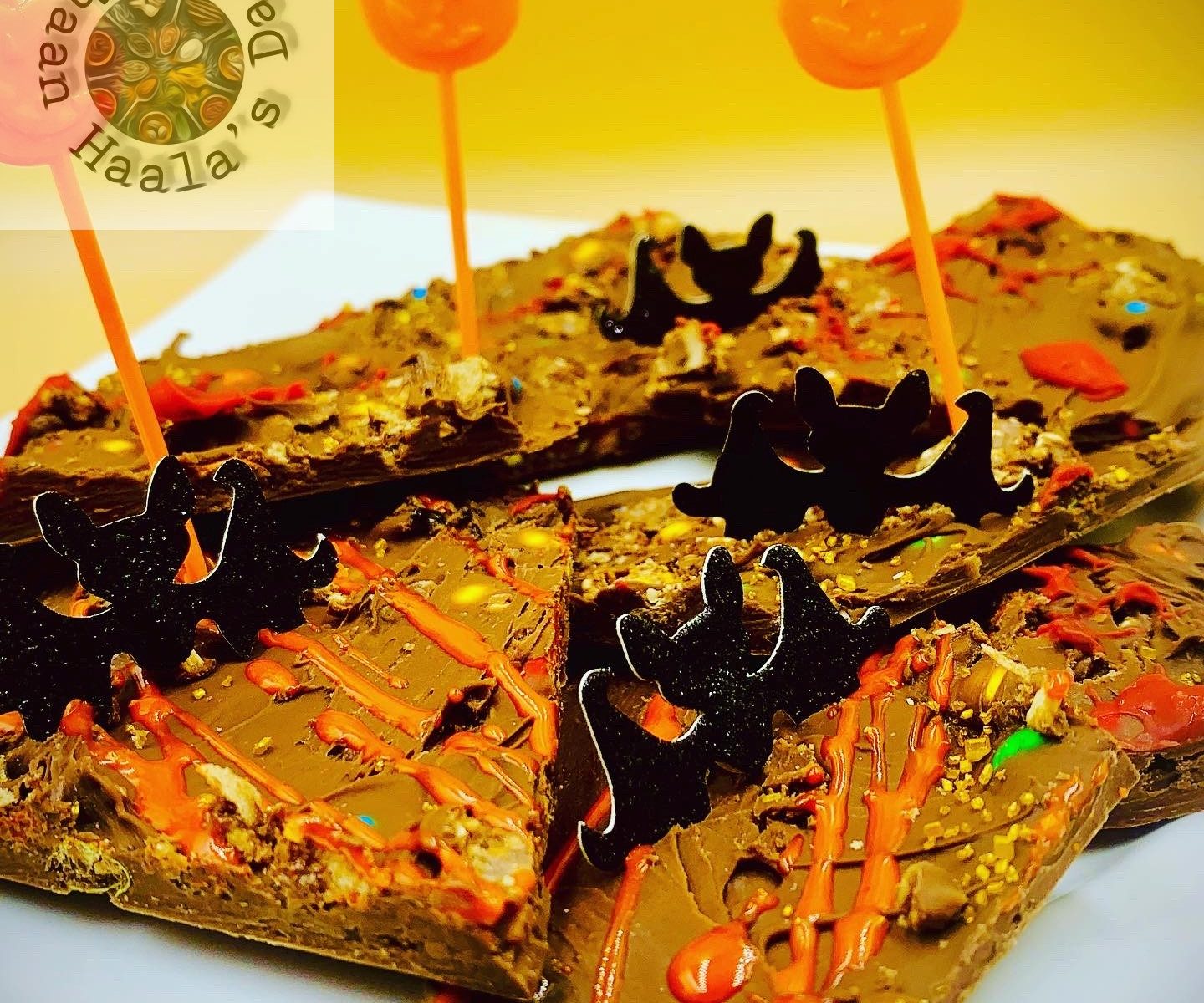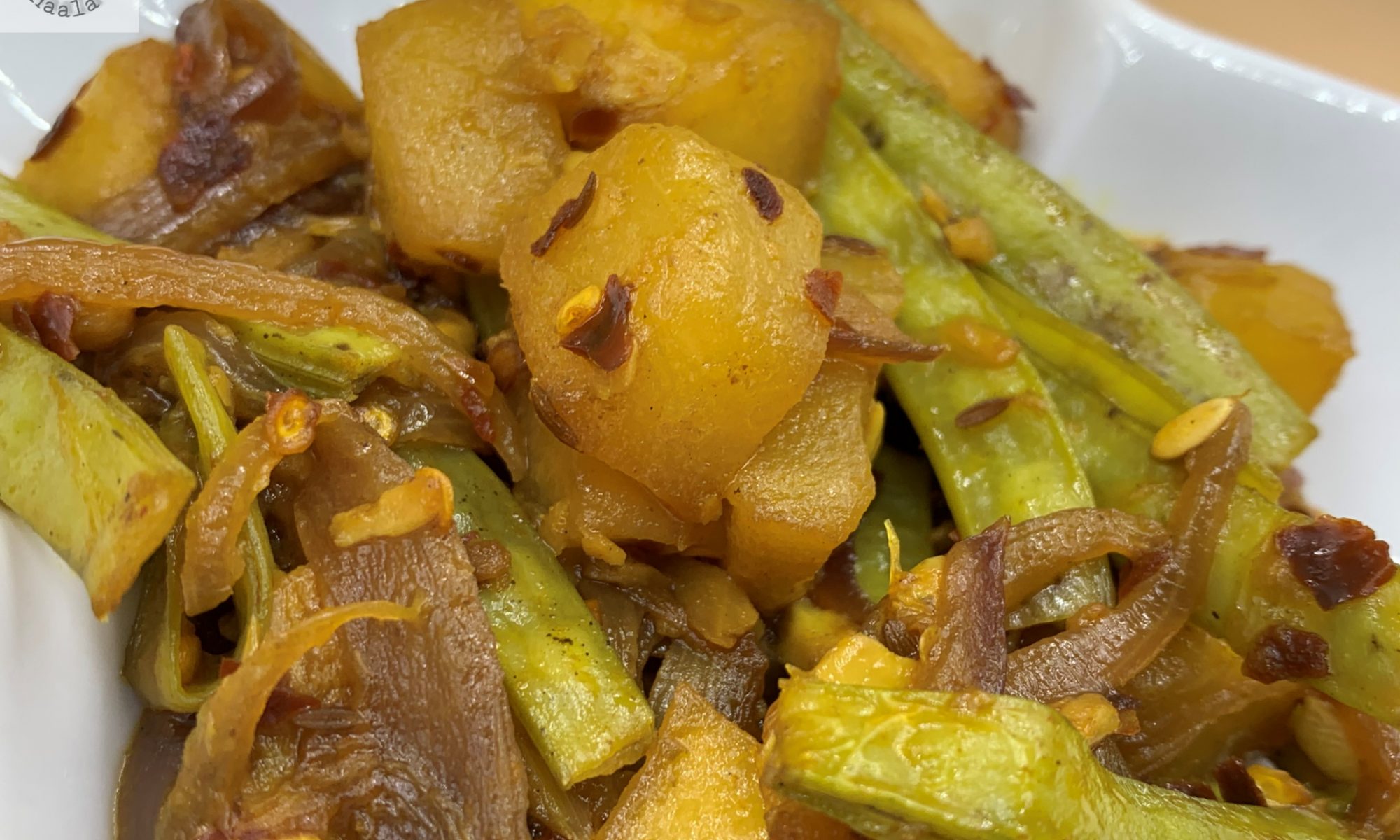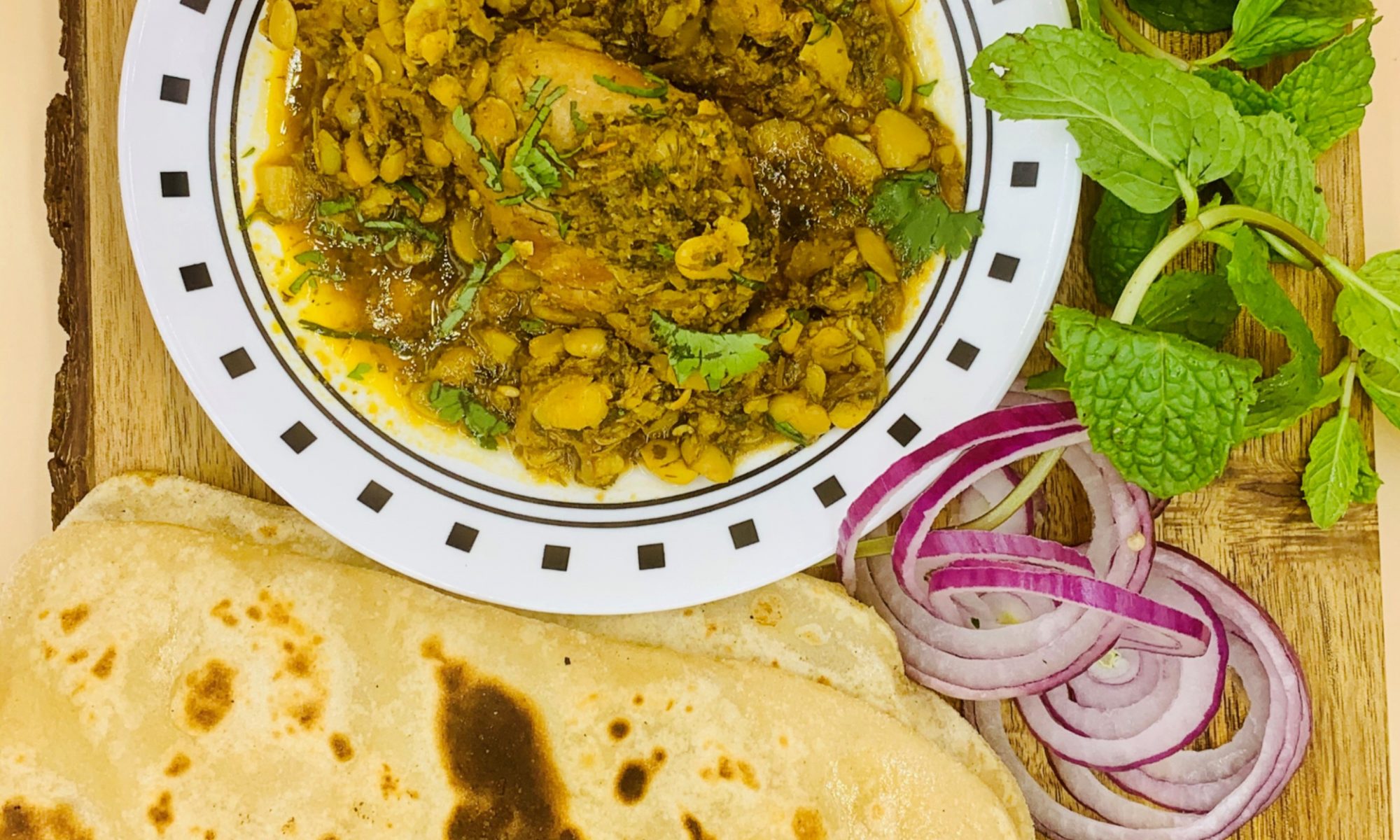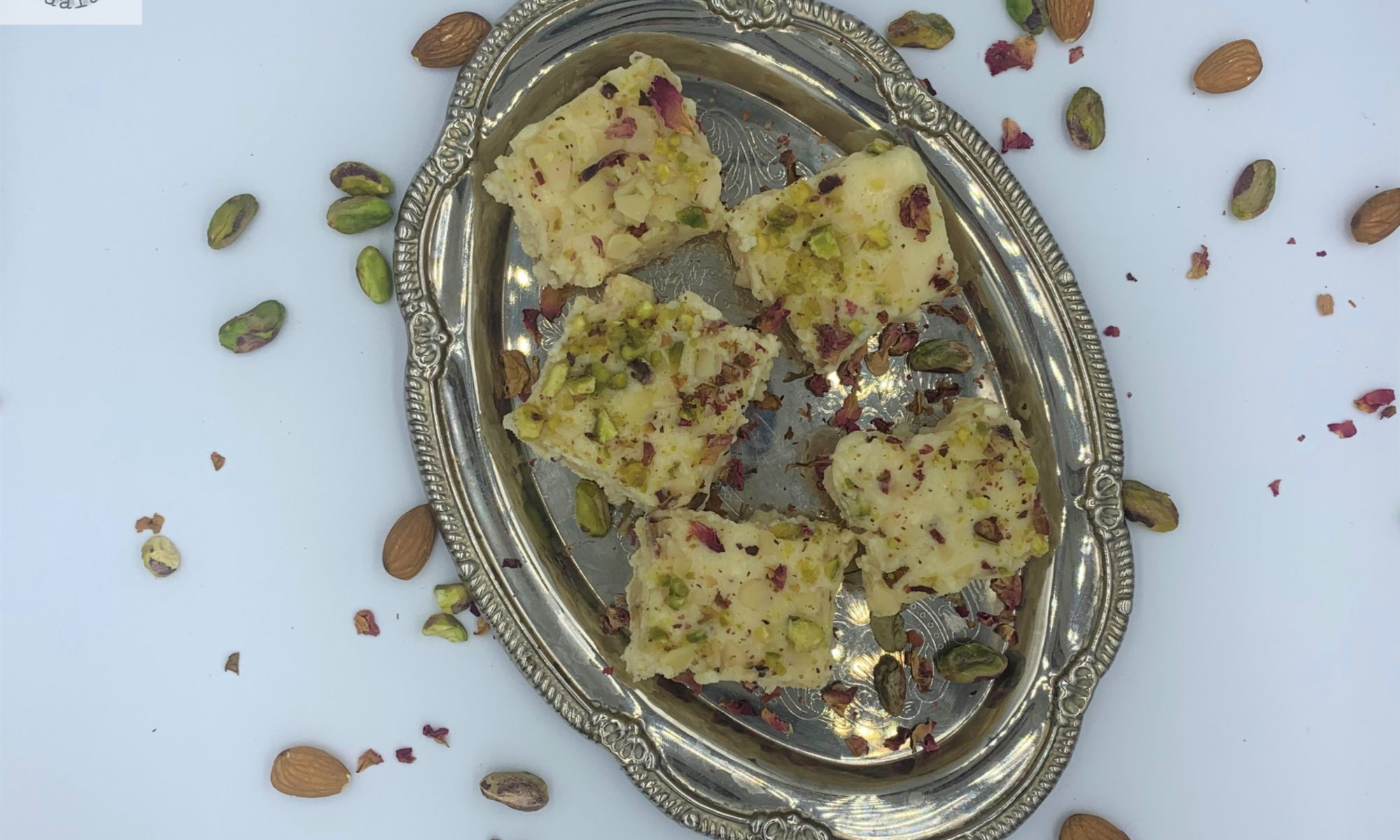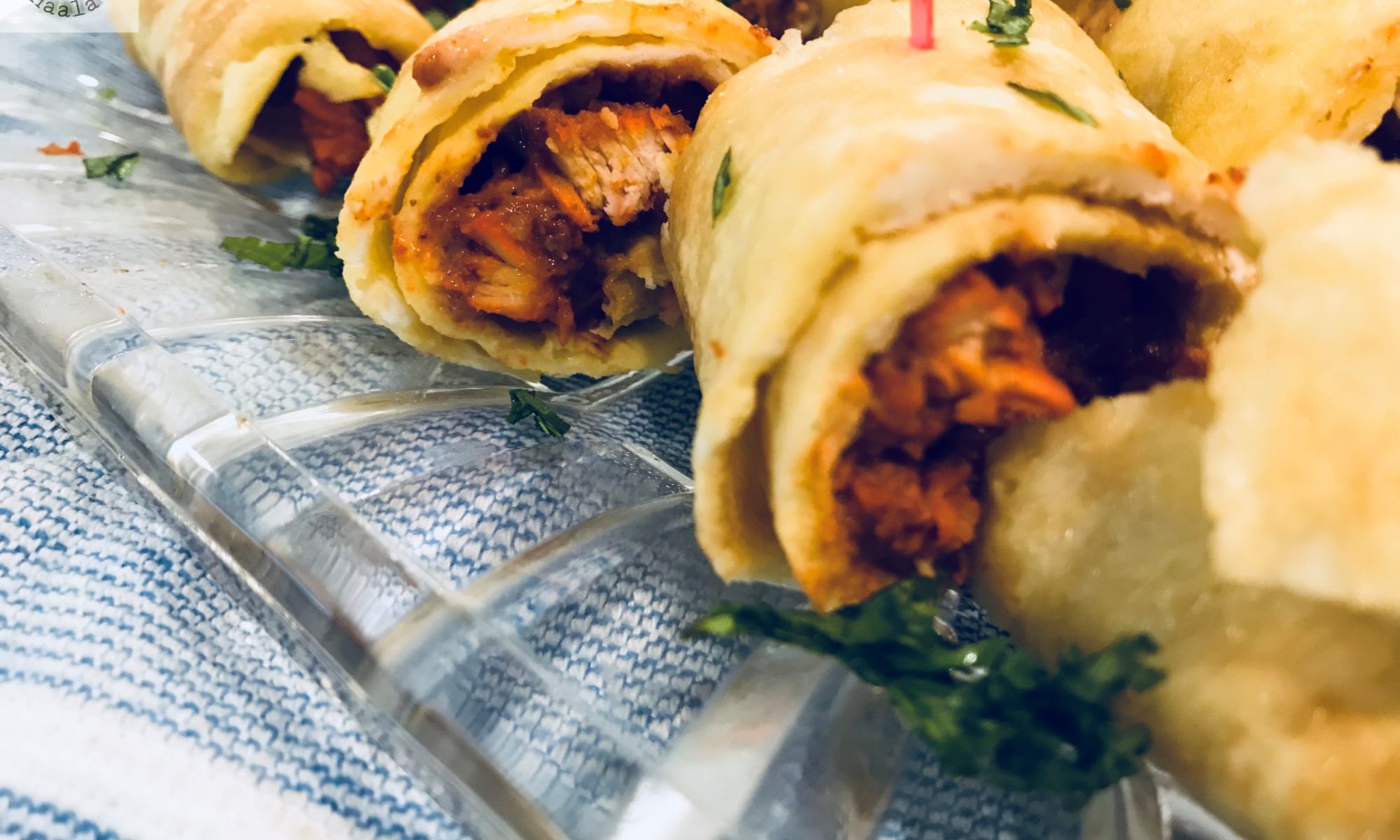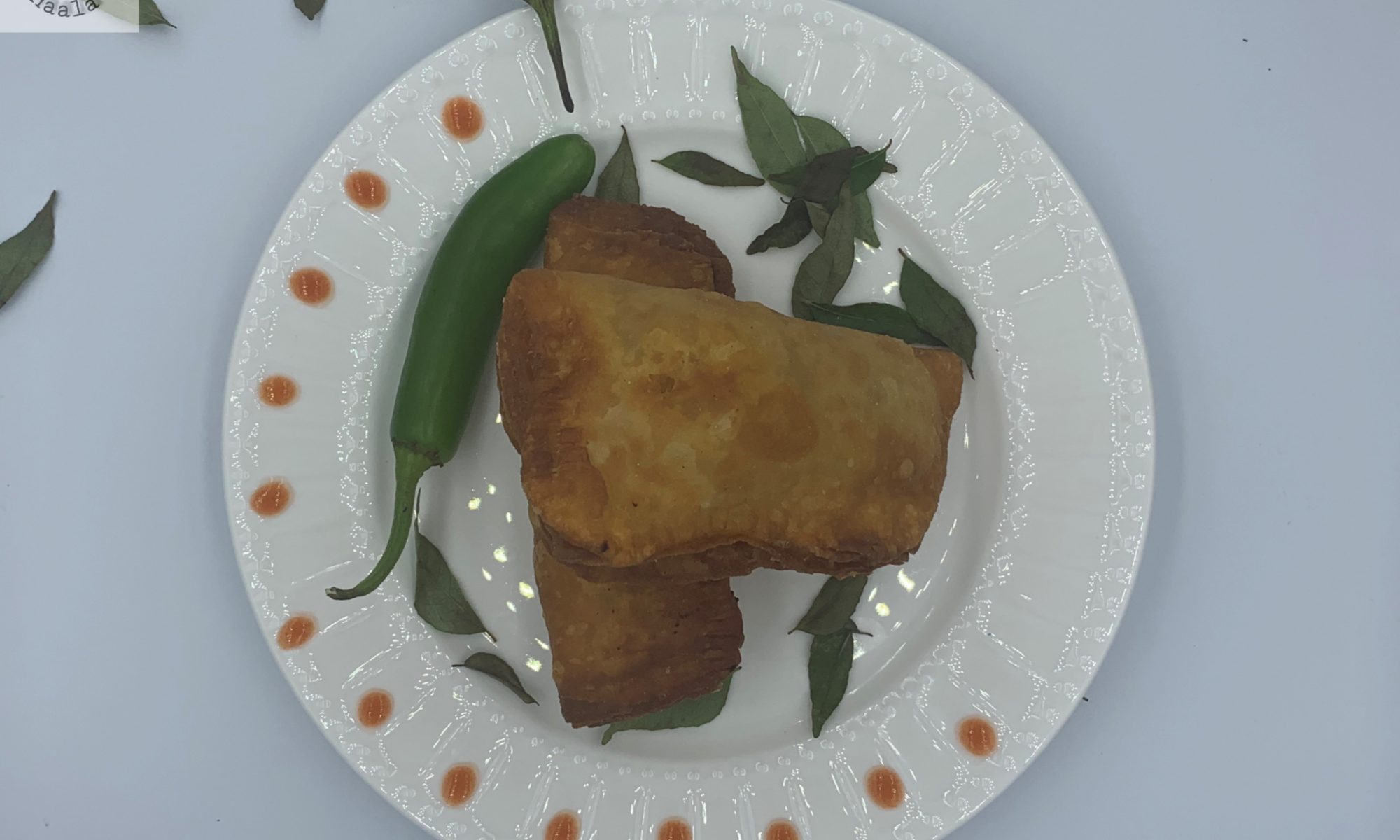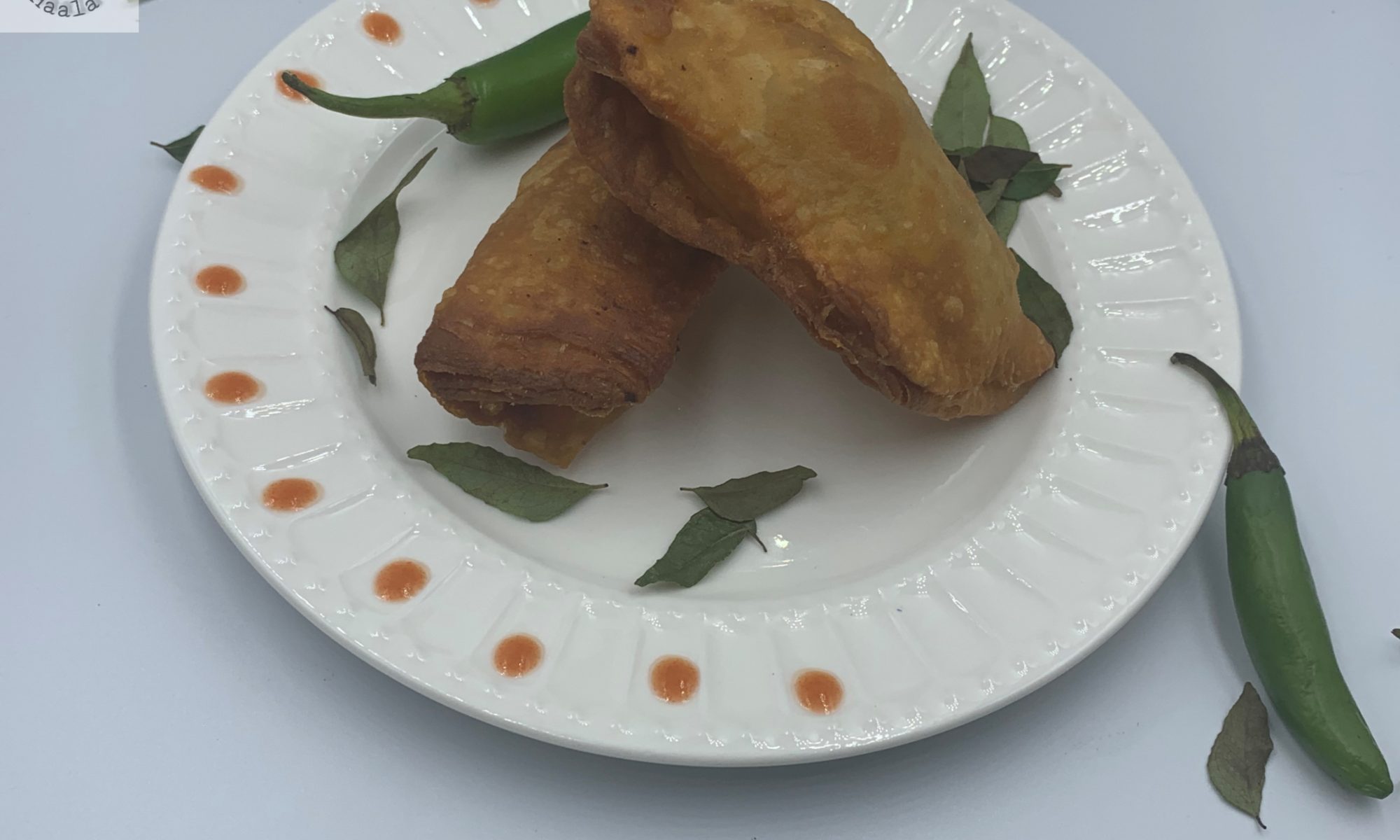Goat Paaya or Goat Trotters is a widely loved dish in the Muslim community.
It’s made in several different ways around the world, but no matter how its
made, I have always seen people enjoying it with every bite. Mostly served for
breakfast, Paaya is usually served with Bheja and Naan/ Roomali Roti. Paaya
will be in the favorite list in any hardcore non vegetarian.
It is a dish that can be made any time of the year but during festival of Eid ul Adha, It is a must for Breakfast on the second day. It takes pretty long to cook, so in times of today when everything is made in a rush, use of pressure cooker is a must. Long before the pressure cooker, Paaya was a dish made with slow cooking and was made over coal fire and usually took around 12-15 hours to cook. A lot of people like my Late Father used to love consuming it as soup. It makes a pretty healthy and flavorful Shorba / curry.
I believe the fashion of cooking Goat Trotters must be from the Muslim rulers who travelled from other countries. A lot of dishes from the Middle east have resemblance to dishes cooked in India/Pakistan/Bangladesh. Not just Non vegetarian but even sweet dishes like Jalebi and Gulab Jamun or for any sweet dish that uses Orange blossom/ Kewra water/ Rose water are also a gift from the Middle east to us, along with Biryani. The fact is that they always traveled with a huge army and therefore made sure that every part of the animal slaughtered should be used. Goat trotters are pretty high in Cholesterol, so they aren’t a great breakfast choice for anyone in today’s date and time since our lifestyle is very sedentary, but back in days for people who did so much of physical labor and most distance were traveled on foot, this dish was not just delicious, but also nutritious and filling.
Like I always say, every dish has a story, so let me share my memories with
“Paaya”. As a kid I always saw my Mom make Paaya for breakfast and the whole
family, except me relish it. For some reason I am not a big fan of liking the
flavor of Bone Marrow in my food. Nevertheless, to make my father happy I would
slide a few bites down my throat, until one day he realized that it was tough
for me and he let me slide. Paaya is specially cooked for breakfast at all
Muslim restaurants that are popular for authentic Muslim food. Most of these
restaurants are located in highly populated Muslim areas, like Jama Masjid in
Delhi, Frazer town in Bengaluru and Mohammed Ali Road in Mumbai. I am sure
there are these areas in almost all cities, I am mentioning these because these
are places I have been to and relished all the awesome delicacies. My breakfast
has always been bheja fry and Nahari though the family had their love for
Paaya. My faher would always order what we liked and those times were a lot of
fun. After marriage, I learnt that Mr. Parveez likes Paaya too and since we do
not have similar arrangements of eating and enjoying authentic Muslim breakfast
therefore, I started making it at home.
Paaya isn’t a difficult dish to make. It’s a heavy stew created from
trotters/ feet of goat or lamb. The bones of the Goat leg are rich in gelatin
marrow and are barely covered with meat once cleaned, they are just rich in
bone marrow which secretes once cooked. Most people/families have their own
variation of cooking Paaya, and knowing that India is so culturally varied,
every other place has their own cooking style and recipes based on the local
ingredients and flavors they are used to. In North India, paaya is served as a
breakfast with Tandoori Roti / Roomali Roti. Is believed to be nourishing and
is served to patients when sick and is kind of mandatory for new mothers,
specially during the early days when her body is going through the recovery
process. I usually use a pressure cooker to cook them, but you are more than
welcome to cook it in a traditional way. Though time consuming, but its
extremely flavorful. I do try the slow cooking method as well when I have more
time in hand. Either way, its delicious, so don’t think that you are missing
out on flavors if using the pressure cooker.
If you are thinking of making an authentic Muslim breakfast or cooking a non
vegetarian breakfast that’s a little different, Paaya is what you need. Serve
it with brain fry/ Bheja Fry and people will be praising your breakfast spread
for years and looking forward to more. The recipe is in complete detail and if
you follow the steps correctly, you will make a perfect dish. Again, spices
make a dish flavorful, but cooking with love is what makes it delicious.
Enjoy!!!
